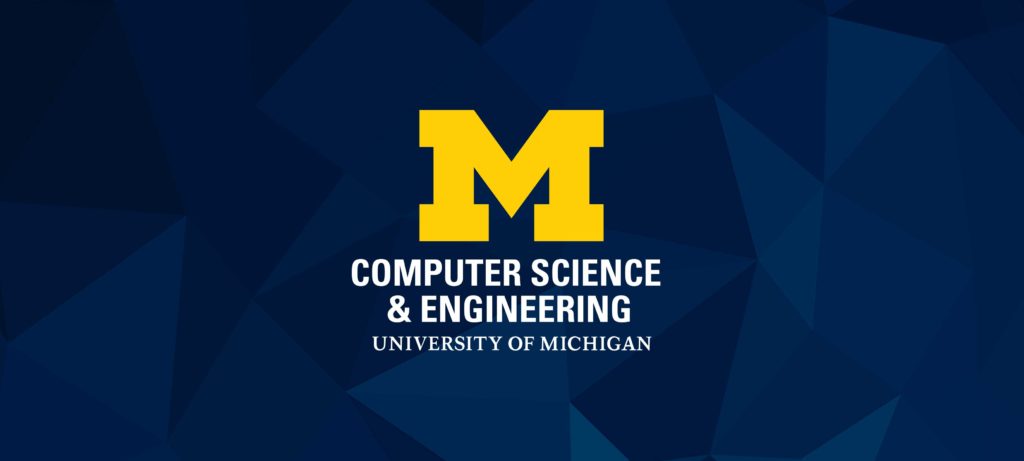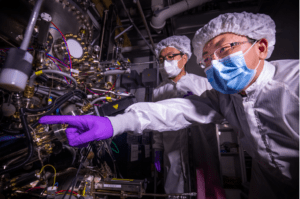Twisted semiconductor nanostructures convert red light into the twisted blue light in tiny volumes, which may help develop chiral drugs.
The post New photonic effect could speed drug development appeared first on Michigan Engineering News.
Twisted semiconductor nanostructures convert red light into the twisted blue light in tiny volumes, which may help develop chiral drugs.
The post New photonic effect could speed drug development appeared first on Michigan Engineering News.

Prof. Mao and her students have played an important role in understanding the efficiency, security, and performance of a number of mobile systems.
The nanofibers recycled from Kevlar vests are harnessed in a biomimetic design to help solve a battery’s longevity problem.
The post 1,000-cycle lithium-sulfur battery could quintuple electric vehicle ranges appeared first on Michigan Engineering News.
Highlights include Washington Post and Michigan Radio.
The post In the news: Michigan Engineering experts January 3-7 appeared first on Michigan Engineering News.
University of Michigan’s mobility research center has been realigned under Michigan Engineering.
The post Q&A with Henry Liu, Mcity’s new director appeared first on Michigan Engineering News.
PhD student Trevor Odelberg is looking to enable long range, highly reliable, and low-power cellular IoT devices that one day can run entirely on harvested energy, reducing battery waste and empowering devices to last for decades.
The post Batteryless next-generation cellular devices could empower a more sustainable future appeared first on Michigan Engineering News.

A recent breakthrough in ferroelectric III-V semiconductors at the University of Michigan has been followed by several advancements and new funding to bring the technology closer to market.
Cold-weather-friendly formula foils snow/ice accumulation in Alaska test.
The post Spray-on coating could make solar panels snow-resistant appeared first on Michigan Engineering News.

PhD student Anna Stuhlmacher researches how the water distribution network can better provide services to the power network, which can allow for greater integration of renewable energy sources into the grid, reduce costs, and improve system resiliency.